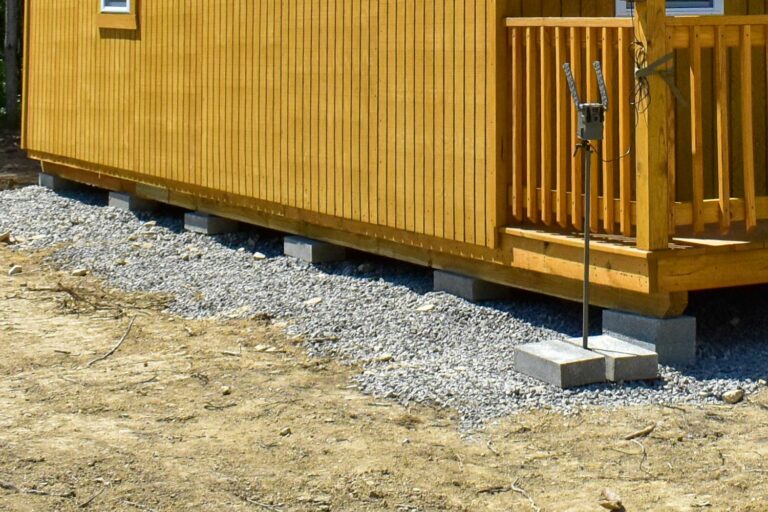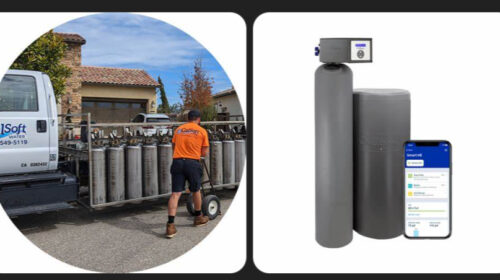You’ve picked the perfect shed — now it’s time to prepare the perfect foundation.
At Orange County Handyman Services, we know that the right base is the difference between a shed that lasts 20 years… and one that shifts, cracks, or collapses within 2 years.
Before you assemble anything, you need to decide:
👉 Gravel, blocks, or concrete?
Let’s break down your options.
🪨 Gravel Base: The Budget-Friendly Option
Gravel foundations are popular for small-to-midsize plastic sheds because they:
- Drain water naturally
- Provide solid support
- Are cost-effective
- Install quickly
✅ We recommend a minimum of 4–6 inches of compacted Class II base gravel — not loose landscaping gravel.
If you’re worried about future maintenance, learn about common foundation failures and how we prevent them.
🧱 Concrete Block Base: Good for Small, Portable Sheds
Concrete blocks offer:
- Elevation off the ground
- Good air circulation
- A fast install for lighter sheds
But they can allow movement if not placed correctly — and they’re rarely ideal for heavier structures.
If you’re placing a high-end plastic shed from a big-box store, make sure your foundation choice matches your long-term needs.
See how we professionally install Costco, Sam’s Club, and Home Depot sheds to protect your investment.
🧱 Concrete Slab: The Gold Standard
Concrete slabs offer:
- Permanent, rock-solid stability
- Maximum moisture protection
- Easy upgrades (electrical, insulation, flooring)
If your shed is more than a simple garden tool storage — like a future “she shed” or backyard office — a concrete slab foundation is worth every penny.
🏡 Build a Strong Foundation for a Stronger Shed
Choosing the right shed is only half the battle.
Choosing the right foundation is what makes your shed truly last.
👉 Contact Orange County Handyman Services for a free site prep consultation — and let’s make sure your backyard investment stands strong.


